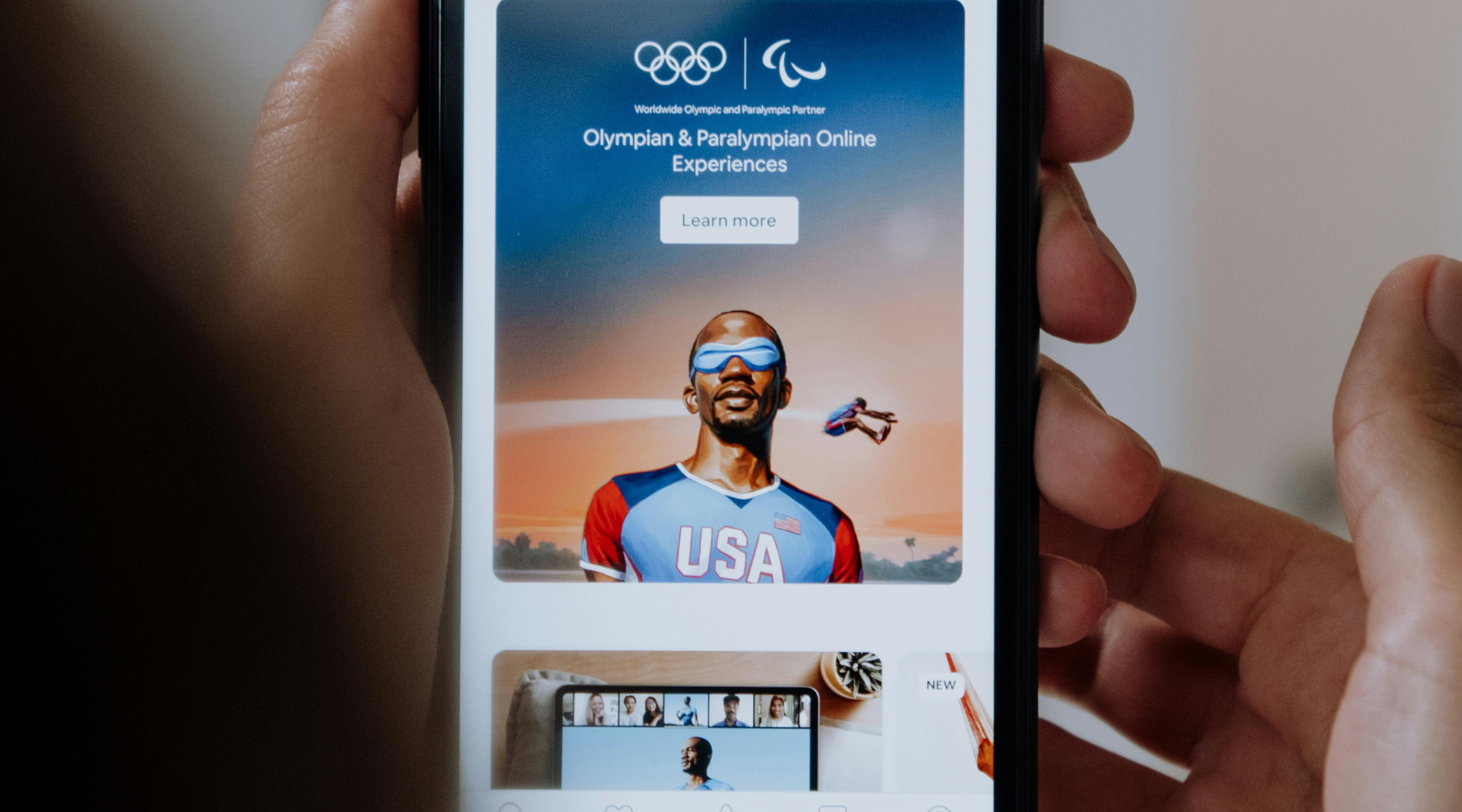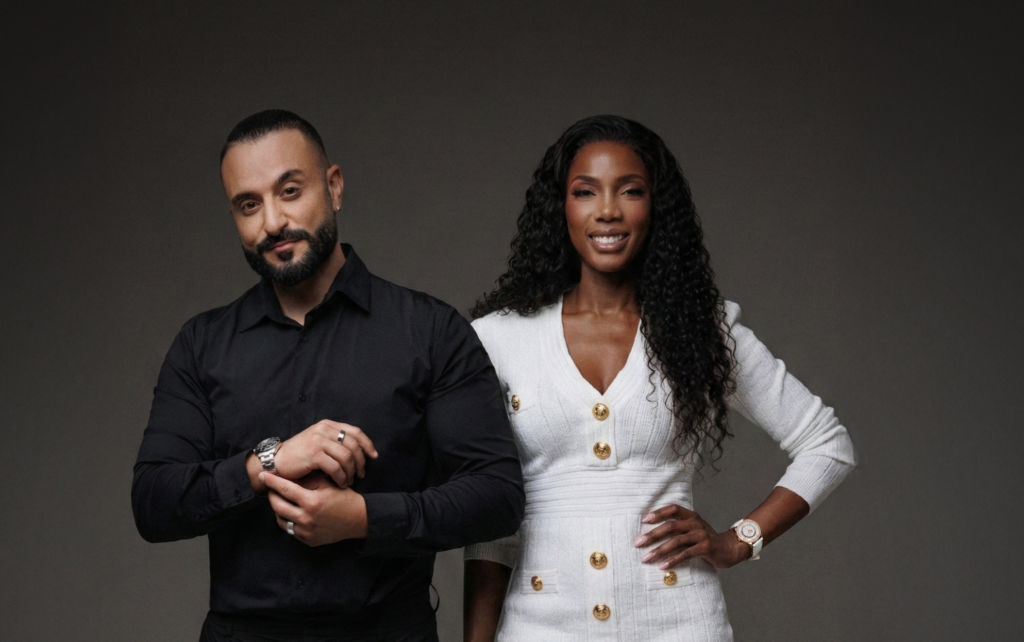AppsFlyer, a global leader in marketing measurement, attribution, and data analytics, has released its inaugural State of Ad Creatives in App Marketing report, providing AI-fueled insights into the world of advertising creatives and their impact on user behavior and app marketing success. The analysis reveals which elements of ads resonate most among consumers across different categories, focusing on campaign engagement, user acquisition, and retention.
The report's key findings indicate that just 2% of ad variations command 68% of marketing spend, with 90% of advertising spending concentrated on just 10% of these ads. This happens when media sources automatically identify ads with the best engagement and direct the spend to those few ads. To pinpoint the elusive 'creative winner' that captivates potential customers and drives action, marketers must typically test upwards of 50 variations. The report also uncovers a paradox: advertisements adept at securing app downloads don't necessarily foster long-term user engagement. In fact, a higher download rate may signal lower user loyalty, underscoring a tendency for consumers to act on impulse without committing for the long haul.
“It is no secret that this has been a year of change from previous standards and best practices for creative and marketing teams,” said Shani Rosenfelder, Director of Market Insights at AppsFlyer. “As businesses drive increased collaboration across their organizations, they have turned to new technologies, strategies, and interconnected data-driven insights to fuel growth. The proliferation of AI has enabled teams not only to create more ad variations than ever, but also to measure them effectively and optimize accordingly. With only one-in-fifty ads being a 'winner', and ad fatigue inevitably setting in when consumers see them over and over, it’s a never-ending cycle. That’s why it’s crucial that teams leverage AI and other technologies to ramp up their production, measurement, and optimization to remain competitive.”
Analysis from the report found that no one scene type will excel uniformly across all platforms and that the need for marketers to understand each channel’s unique audience and context before generating new content is crucial.
When delving into the realm of gaming ads on social platforms, the report shows that lengthier video ads — those exceeding 15 seconds — are associated with heightened long-term loyalty and retention. User-generated content (UGC) on social platforms, showcasing real people engaging with apps and describing the experience, emerges as a particularly influential ad format. These content types on social platforms offer consumers a thorough preview of the gaming experience, leaving less room for surprise, and fostering a stronger bond between user and app, aligning with social media users' preference for genuine, immersive, and relatable content that integrates seamlessly into their scrolling experience.
“Automation is revolutionizing user-generated content (UGC) by empowering everyday users with innovative storytelling tools,” said Liraz Dvora Head of Creative, Global Gaming at TikTok. "Creators are increasingly adopting automated voiceover tools, setting the stage for a new wave in pop culture,” she added.
Conversely, on ad networks outside of social media, the trends differ when it comes to users playing another game and watching rewarded video ads in return for digital currency or in-game extras. For gaming apps, animated ads that replicate gameplay show 26% higher ad engagement than ads using UGC or real-life footage. For non-gaming apps, ads that incorporate real-life footage see a 15% higher rate of engagement than animated ads.
Overall, the report showcases how performance and growth marketers are working closely with creative counterparts to develop the content that will work for each platform — both in the time and the type of visuals that are created.
“Strong creative assets are the foundation of successful campaigns,” said Dana Shaviv, UA Technical Lead – Social at SciPlay, a developer and publisher of digital and mobile games. “They grab attention and drive engagement. But great ideas need a plan. Integrating content creation with strategy, while considering trends and brand originality, is key. This approach will also foster a symbiotic relationship and more collaboration between marketing campaign managers and creative teams.”
Other key takeaways from the report include:
- The necessity of variety in ad creatives, with only 1 in 50 ads being a 'winner.'
- Matching ad creatives with the appropriate platform, leveraging AI to optimize ad placement and recognizing that an ad's performance can vary significantly across mediums.
- Ads for hypercasual games (known for their simplicity and quick playthroughs) tend to be the strongest gaming genre for attracting new downloads, with about 48 app downloads for every thousand ad impressions or views.
- The vital role of AI in granular analysis, enabling optimization of thousands of variations for a competitive advantage.
- Setting realistic expectations based on your industry vertical and comparable engagement patterns.
- Balancing app install rates with user retention, optimizing both low and high cost-per-install (CPI) and average revenue per user (ARPU) strategies for maximum return on ad spend (ROAS).






